 |
 |
 |
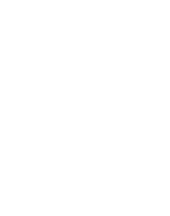
|
Rembrandt Harmensz. van Rijn: Der Alchemist (sogenannter Faust), um 1652, Radierung auf Papier, Staatliche Museen zu Berlin, Kupferstichkabinett, © bpk / Staatliche Museen zu Berlin Kupferstichkabinett. Foto: Jörg P. Anders
|
|
 |
ALCHEMY. THE GREAT ART
6/4/2017-23/7/2017
An exhibition by Staatliche Museen zu Berlin in cooperation with the Getty Research Institute, Los Angeles
This large-scale exhibition at Berlins’ Kulturforum illuminates the fascinating relationship between Art and Alchemy. More than 200 works representing over 3,000 years of art and cultural history from the collections of the Staatliche Museen zu Berlin and the Staatsbibliothek will be on display, supplemented by exciting loans from renowned international institutions.
|

|
Posted 3 February 2017
|
Share this:
|
|
Alchemy is, in essence, a creation myth and its artistic products are therefore also about creation – this idea permeates all eras and cultures, shaping Alchemy’s theoretical underpinnings as well as artistic practice. An exhibition dedicated to the art of Alchemy is therefore ideal for the Staatliche Museen zu Berlin, whose diverse collections stretch over time from prehistory and ancient history to the present. Alchemy is a universal theme for a universal museum – which, taken as a whole, is what the Staatliche Museen zu Berlin represents
|
|
|
|
|
|
|
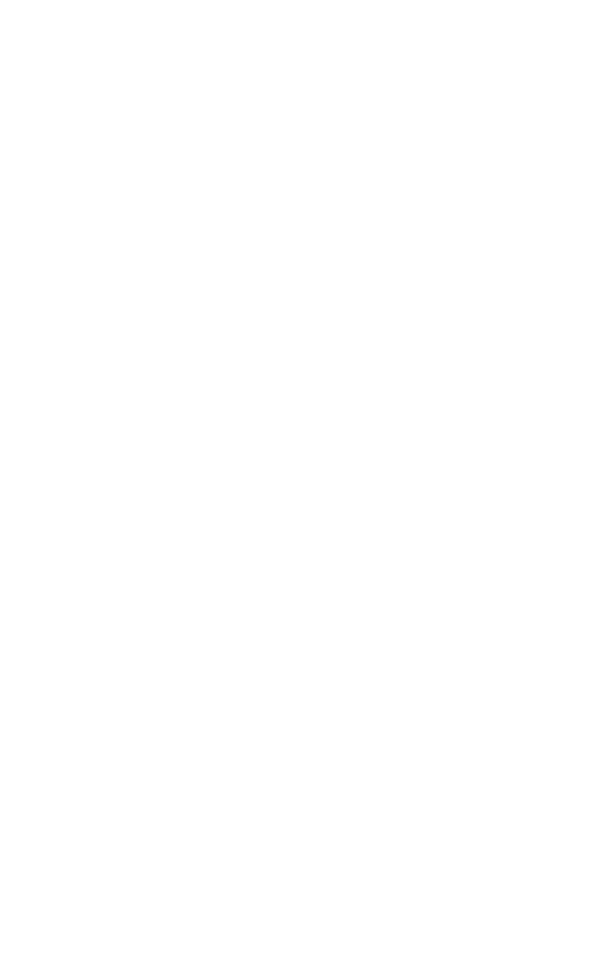
Facettierte Deckelflasche mit Montierung, um 1700, Goldrubinglas, vergoldete Kupferfassung mit eingelegtem Glas und Bergkristall, © bpk / Kunstgewerbemuseum, Staatliche Museen zu Berlin
|
|
|
|
|

|

|

|
The word ‘Alchemy’ is derived from the Arabic al k?miyá (the closest literal translation is ‘the art of metal casting’) and has been disseminated across the Western world since the twelfth century through the translation of Arabic texts. Handicraft related to Alchemy, however, existed long before the human historical record. Blacksmithing and metallurgy in the Babylonian Empire, the imitation of precious metals in what was known as the ‘temple industry’ and the dyers’ trade in ancient Egypt, the Greek natural philosophers’ chemical material conversion process, and Chinese pharmaceutical practices and immortality myths can serve as early proto-alchemical evidence.
|
|

Natascha Sonnenschein: Paradies der Künstlichkeit, 2001, Scanografie, Pigmentdruck auf Alu-Dibond hinter Acrylglas, Privatsammlung, © Natascha Sonnenschein / VG Bild- Kunst, Bonn 2017
|
|
|
|
|

|

|

|
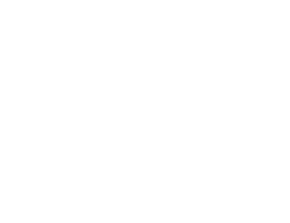
Traité de Chymie, Frankreich, um 1700, S. 10/11, Aquarell und Tinte auf Papier, Los Angeles, The Getty Research Institute, © The Getty Research Institute, Los Angeles
|
|
In medieval Europe, Alchemy was known as Ars magna (the Great Art), and art-making served its practice. The thesis that the art of Alchemy was best able to emulate nature was debated at the universities in Paris and Oxford by scholars like Thomas Aquinas and Roger Bacon. Contrary to the belief that the aim of alchemists was primarily chrysopoeia (transmutation into gold), there were numerous adepts who strove for nothing less than the imitation of the divine act of creation itself, a goal that spurred them on to attempt not only to imitate nature, but ultimately even to surpass it. This drive to transmute naturally-existing matter into a man-made concoction led to the understanding that still influences artists today, especially contemporary artists: an understanding of the processual trans-formation of material as an integral part of their work.
|
|
|
|
|

|

|

|
At the same time, art created its own visual language, beginning in the late Middle Ages, that continues to shape our perception of Alchemy. Mythical creatures from the animal kingdom, two-headed hermaphrodites, homunculi in glass laboratory flasks, and godlike alchemist-creators at work crafting an artificial world based on their imagination are the protagonists of magnificent illuminated manuscripts and alchemical tracts. These images, in multifaceted form, have filtered down into our contemporary daily lives. The mythology of alchemy is used effectively in scenes in Frankenstein, in adaptations of Goethe’s Faust, in the American television series Breaking Bad, and in the manga Fullmetal Alchemist.
|
|
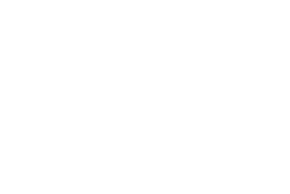
Quecksilberquelle aus dem Samen Shivas, Guler (Pahari), um 1770, Deckfarbenminiatur, Koblenz, Sammlung L. Habighorst, © Sammlung L. Habighorst, Koblenz
|
|
|

|

|

|

|

|
|
|
Carl Spitzweg: Der Alchimist, um 1860, Öl auf Leinwand, Staatsgalerie Stuttgart, © Staatsgalerie Stuttgart
|
|
|
|
|
Yves Klein: Anthropometrie in IKB vor Monogold, 1965 Ausstellungsplakat, Galerie Alexandre Iolas, Paris, Staatliche Museen zu Berlin, Kunstbibliothek, © Yves Klein / VG Bild-Kunst, Bonn 2017
|
|
|
|
|
Johann Friedrich Böttger: Gold- und Silberregulus, wohl 1713, Gold, Silber, Staatliche Kunstsammlungen Dresden, Porzellansammlung, © Staatliche Kunstsammlungen Dresden, Porzellansammlung. Foto: Hans-Peter Klut, Elke Estel
|
|
|
|

|

|

|
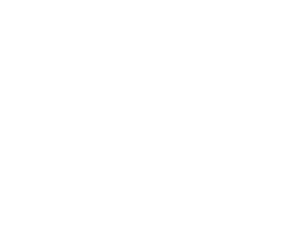
Louis-Jacques Goussier: Chymie, Laboratoire et Table des Rapports, in: Denis Diderot, Encyclopédie, 1771, Staatliche Museen zu Berlin, Kunstbibliothek, © bpk / Staatliche Museen zu Berlin, Kunstbibliothek, Foto: Dietmar Katz
|
|
Curated by Jörg Völlnagel, the exhibition Alchemy. The Great Art is divided into three sections which trace these different manifestations in artistic and handicraft practice and visual culture from antiquity to the present: CREATION is dedicated to the origins of Alchemy, and shows the influence of alchemical technologies on artistic practice. CREATOR centres the alchemists themselves, presenting them at work and illustrating their creations both allegorically and practically. And CREATURE focuses on the products of the magnum opus, or Great Work – the successful con-version of a base substance into gold, and the spiritual transformation of the adepts, which can be seen through the homunculus, the philosopher’s stone, or as a visualizable process that leads to an all-transforming transmutation. It is clear that Alchemy remains to this day far more than the fantasy of making gold: Alchemy is a creation myth, and therefore, closely related to the artistic act of creation.
|
|
|
|
|

|

|

|
On display are paintings and miniatures, drawings and prints, hanging scrolls, manuscripts and laboratory books, photographs and blueprints, chemograms and scanography, sculptures, installations and videos, fake gems and artificial gold, Böttger ware (a dark red stoneware) and porcelain, gold-ruby glass and jewellery. Works of modern and contemporary art include those by Carl Andre, Joseph Beuys, Fischli/Weiss, Heinz Hajek-Halke, Anselm Kiefer, Yves Klein, Jeff Koons, Alicja Kwade, Bern-hard Prinz, Sarah Schönfeld, Gerda Schütte, Harry Smith, Natascha Son-nenschein, Rudolf Steiner, and Maria Volokhova.
As a prologue to the Alchemy show, American artist Joe Ramirez presents his project The Gold Projections on the occasion of the 67th Berlin Film Festival from 7 – 19 February 2017. For the first time, Ramirez shows this specially developed technique – the projection of film paintings on gold – in a museum. The prologue ends in a performance whose material and filmic essence as a work of art will enter the Alchemy exhibition.
|
|
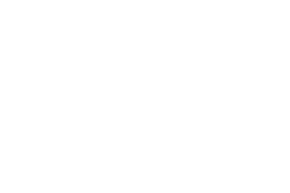
Sarah Schönfeld: Hero’s Journey (Lamp), 2014, Stahl, Glasvitrine, Urin, Licht, Privatsammlung, © Sarah Schönfeld
|
|
|
|
|

|

|

|
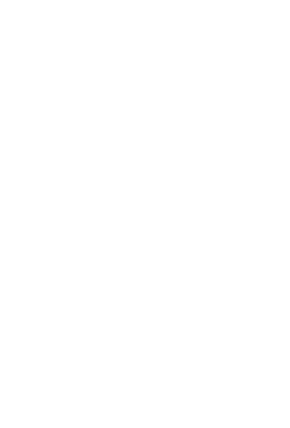
Jörg Breu der Ältere (zugeschrieben): Rote Sonne, in: Splendor solis oder Sonnenglanz, 1531/32, fol. 34 recto, Deckfarben auf Pergament, Staatliche Museen zu Berlin, Kupferstichkabinett, © bpk / Staatliche Museen zu Berlin, Kupferstichkabinett. Foto: Jörg P. Anders
|
|
A catalogue box produced for the exhibition works as an alchemical card catalogue to highlight, by cross-referencing, the diversity of the individual works and their rich interconnectivity across time, cultures, and geographical areas
Tue, Wed, Fri 10 am–6 pm, Thu 10 am–8 pm, Sat + Sun 11 am–6 pm
See the Agenda>
See the Getty exposition The Art of Alchemy>
KULTURFORUM, EXHIBITIONS HALLS
Matthäikirchplatz
10785 Berlin,
Germany
http://www.smb.museum/en/exhibitions/detail/alchemie-die-grosse-kunst.html
|
|
|
|
|
|
|
|
|
|


